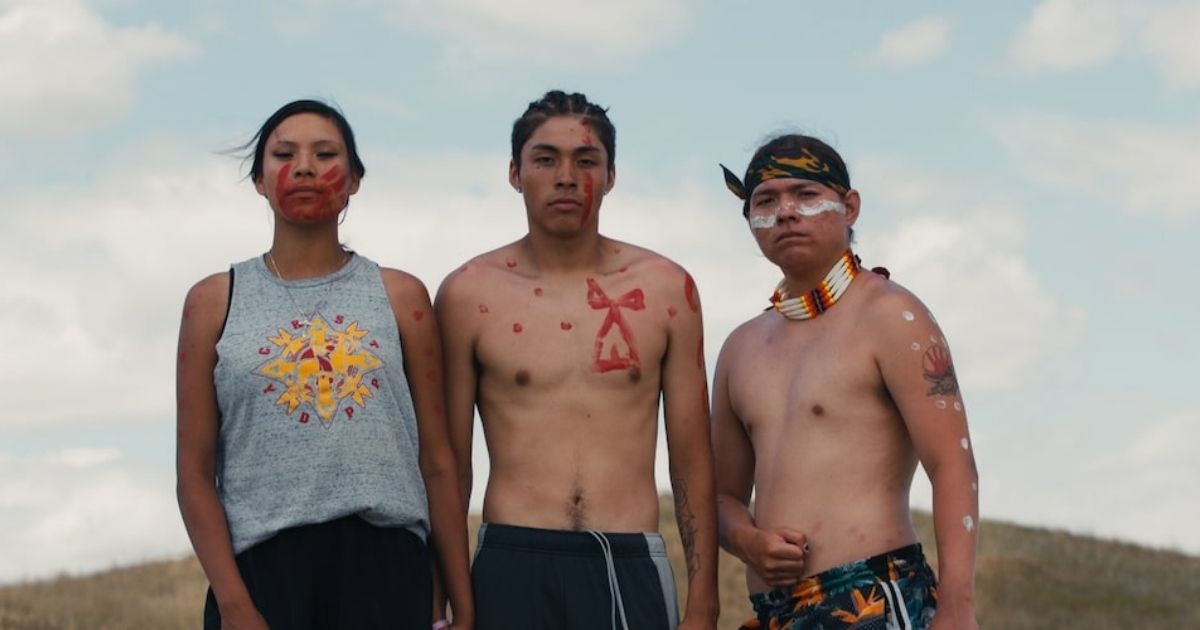
Poet Layli Long Soldier explains the term Očhéthi Šakówiŋ. This is the name that Lakota, Dakota, and Nakota indigenous people have called themselves for countless generations. Their language, culture, and very existence has been under assault for 150 years. Lakota Nation vs. United States is a reckoning of systematic genocide and the fight for sacred territory. It is a vital history lesson you were never taught in school. Told in three riveting segments by new warriors determined to reclaim their ancestral birthright – the Black Hills of South Dakota.
An abhorrent classic cartoon explains how European settlers came to America and encountered the savage Indians. Traditional Hollywood Westerns, especially notable films like John Ford’s The Searchers, depict gallant soldiers hunting a fierce enemy with no compassion. They were uncivilized brutes standing in the way of glorious colonization. Activists Nick Estes and Mary Kathryn Nagle correct this racist demonization with the ugly truth. The elimination of Native Americans was always a land grab. You wipe out a race by first dehumanizing them.
Extermination
Milo Yellow Hair explains how the Black Hills are “the cradle of their civilization.” Treaties signed between the tribes and United States secured this land. The Dakotas and Nebraska were legally ceded in the 1868 Fort Laramie Treaty. Long Soldier, who narrates the film with excerpts from her poetry, objectifies the letter “X” as sealing their doom through duplicitous tactics. Tribal leaders couldn’t read, write, or understand the language of the treaties. They signed “X” and took government negotiators at their honorable word. Legalese would contribute to their undoing. New treaties, over 400 of them, constantly chipped away at previous agreements. A sobering quote from the great Red Cloud states, “The whites swindle me as am I not hard to swindle.”
Paperwork meant nothing once gold was discovered in the Black Hills. The Bozeman Trail poured treasure hunters and pioneers into the Dakotas. Union Soldiers that had fought in the Civil War and conquered the South turned American military might west. The conflict resulted in staggering losses, but it wasn’t all defeat. The film takes an in-depth look at the arrogant General George Custer and the Battle of Little Bighorn. He was branded an Indian fighter targeting women and children but got slaughtered in a bloodbath.
Assimilation
IFC Films
The next chapter of Lakota Nation vs. United States is especially harrowing. The United States had taken over 90 million acres of land. But constant conflict wasn’t achieving the goal of total surrender. The Dawes Act of 1887 broke up reservations into individual allotments. The surplus, like the Homestake gold mine, was given to white settlers and businessmen. Native American culture had no concept of property ownership. Horses and weapons were taken. Buffalo, the source of their economic livelihood, were slaughtered en masse. Starvation then forces a truly insidious and horrific plan.
Native children were taken from their parents and sent to boarding schools. They were given haircuts, new clothes, and indoctrinated in Christianity. Any attempt to speak their language or practice religion had brutal repercussions. Beatings, sexual abuse, and death were common. Survival meant total adherence to the oppressors’ ideology. It was a “killing from the inside” meant to fundamentally alter thinking at a formative stage. The effect of this re-education has had devastating, long-lasting consequences. Phyllis Young and Henry Red Cloud talk about losing their identities. Reservations became hopeless and poverty-stricken. Young adults fled to find better opportunities but encountered discrimination and subjugation everywhere they went. A proud people had been efficiently decimated and neutralized.
Related: Best Indigenous Movies From North America, Ranked
Reparations
IFC Films
The final segment focuses on court challenges and new outbreaks of armed resistance. Native Americans educated at the boarding schools gained an understanding of the legal system. They fought the Black Hills claim for nearly 60 years to no avail. The American Indian Movement and leaders like Russell Means sparked a rediscovery of heritage. The 1890 Massacre at Wounded Knee had hundreds of Lakota slaughtered by soldiers. Native activists took the town by force in 1973. The siege that followed shocked America and awakened a general acknowledgment of injustices. This resulted in a significant but troubling victory by Arthur Lazarus Jr. at the Supreme Court.
Nick Tilsen speaks for many with a stark notice. The Lakota Nation cannot be bought. The Black Hills belong to them, was stolen, and they want it back. It is the “Mecca” of their culture not a source for financial gain. He and current activists have adopted a “Land Back” mantra. What was taken illegally and through force must be returned. The land should never have been exploited for natural resources.
Symbols of White Supremacy
IFC Films
Filmmakers Jesse Short Bull and Laura Tomaselli, who also brilliantly edits, target symbols of white supremacy to the indigenous. Mount Rushmore, carved in the Black Hills with the faces of Presidents who targeted Natives, is especially a source of ire. Long Soldier notes that Lincoln hung 38 Sioux the same week he signed the Emancipation Proclamation. Scenes of protestors clashing with red, white, and blue Trump supporters during a July 4th visit speaks to the crux of the problem. A monument that inspires patriotism and pride to some in the American public is a testament of tyranny to the Lakota.
Yellow Hair weeps when recounting incredible suffering, but he also hopes that a new day has come. Candi Brings Plenty, Alex Romero-Frederick, and Krystal Two Bulls believe equality for all means a return to their Lakota values and Black Hills territories. The fulfillment of the American dream cannot forsake or forget them. A perfect union means acknowledgment of injustice and concerted effort to rectify past wrongs.
Lakota Nation vs. United States is a production of Cinetic Media, Salmira Productions, and XTR. It will have a July 14th theatrical release from IFC Films.
You can view the original article HERE.
:quality(85):upscale()/2024/04/23/768/n/1922283/782961d76627ef4f94f4b3.68894570_.jpg)

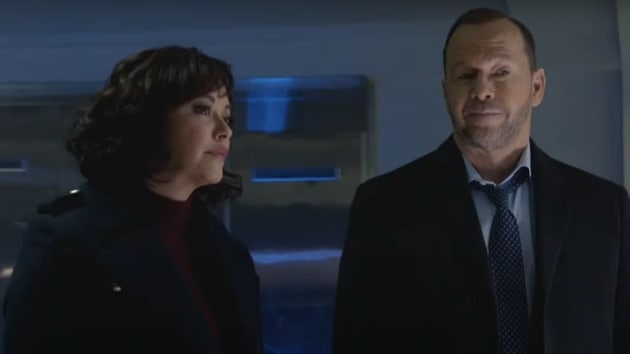

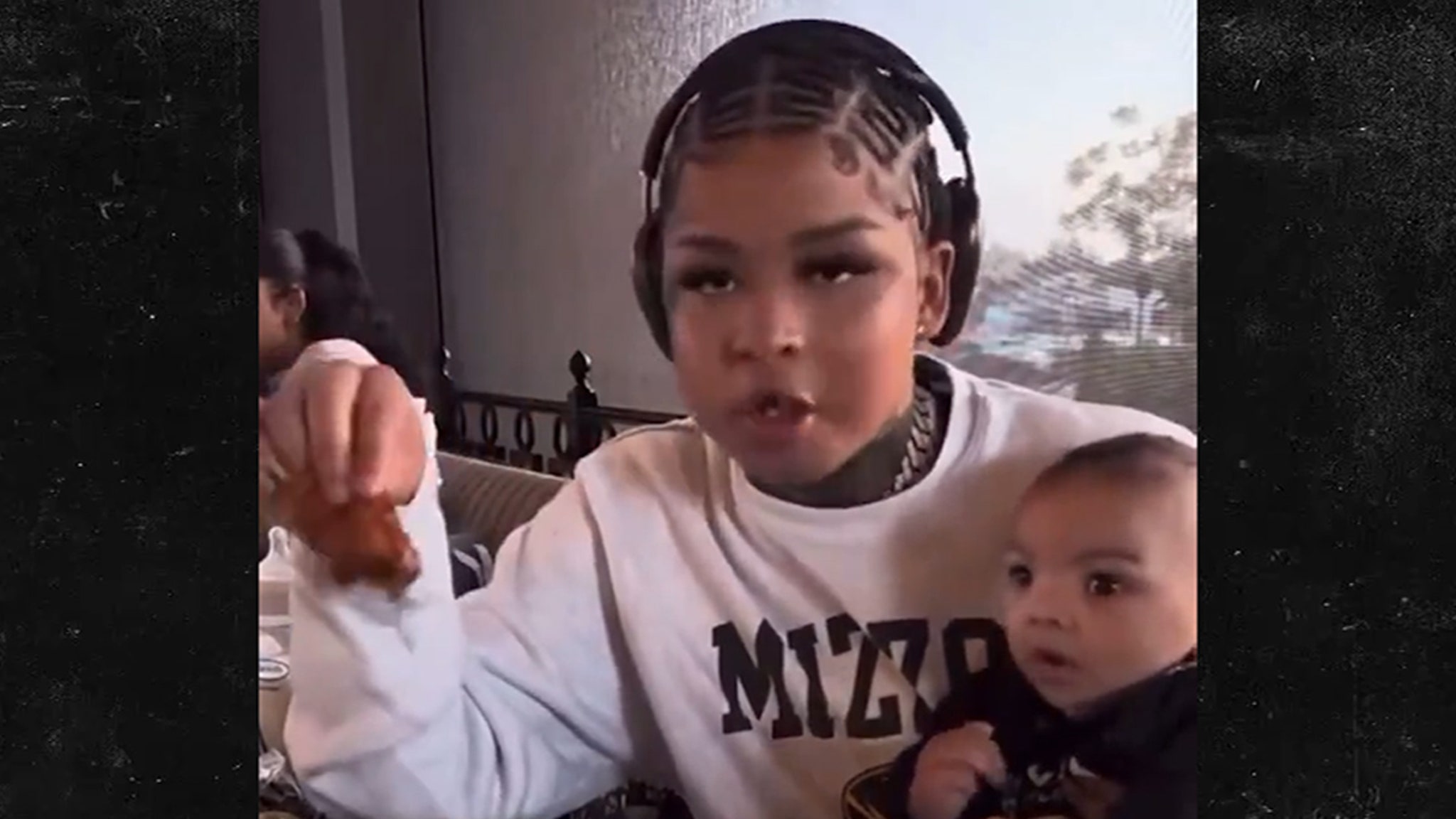



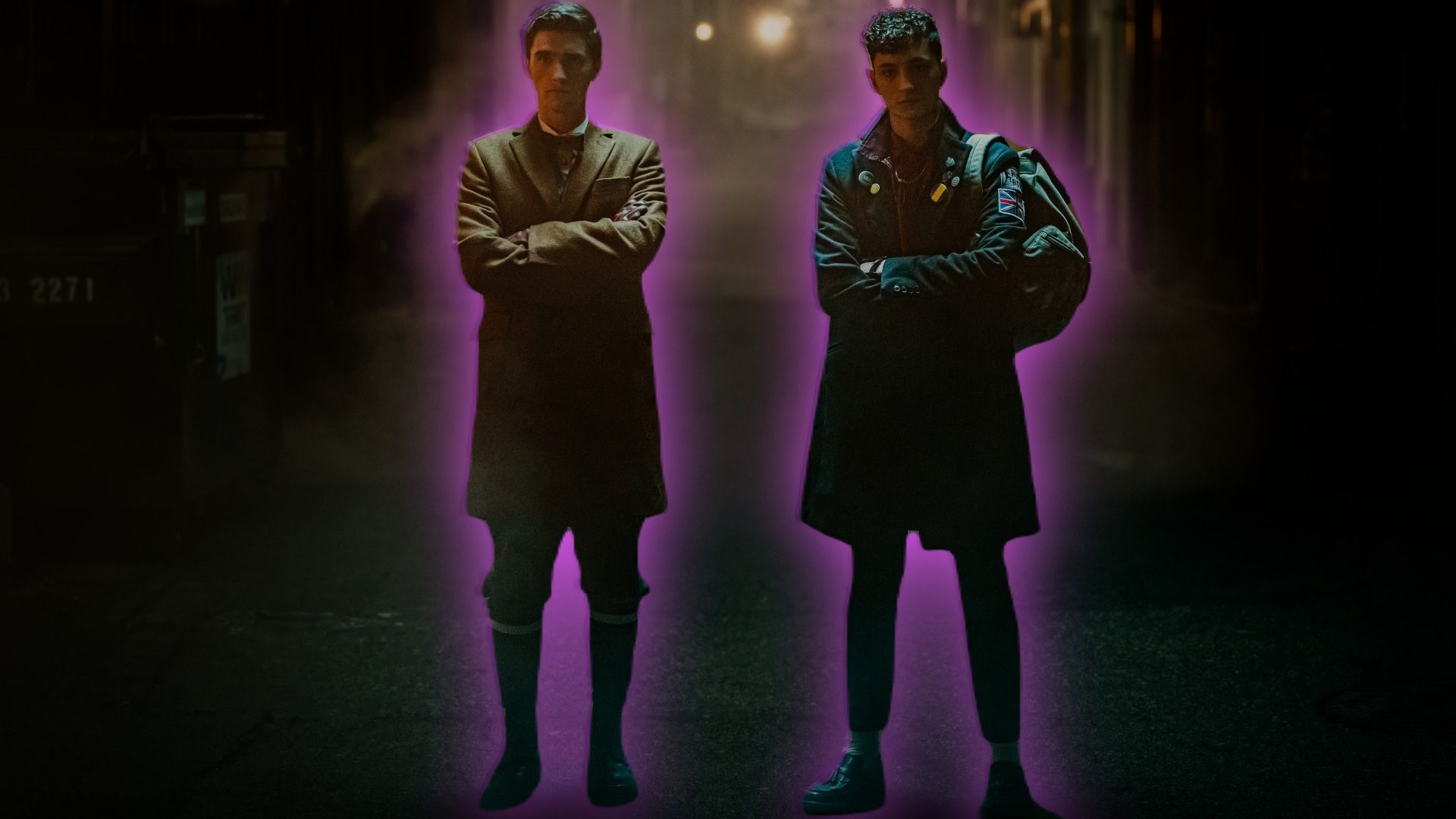


:quality(85):upscale()/2024/04/24/704/n/1922398/38e84cfb66292b21a38262.25923048_.jpg)



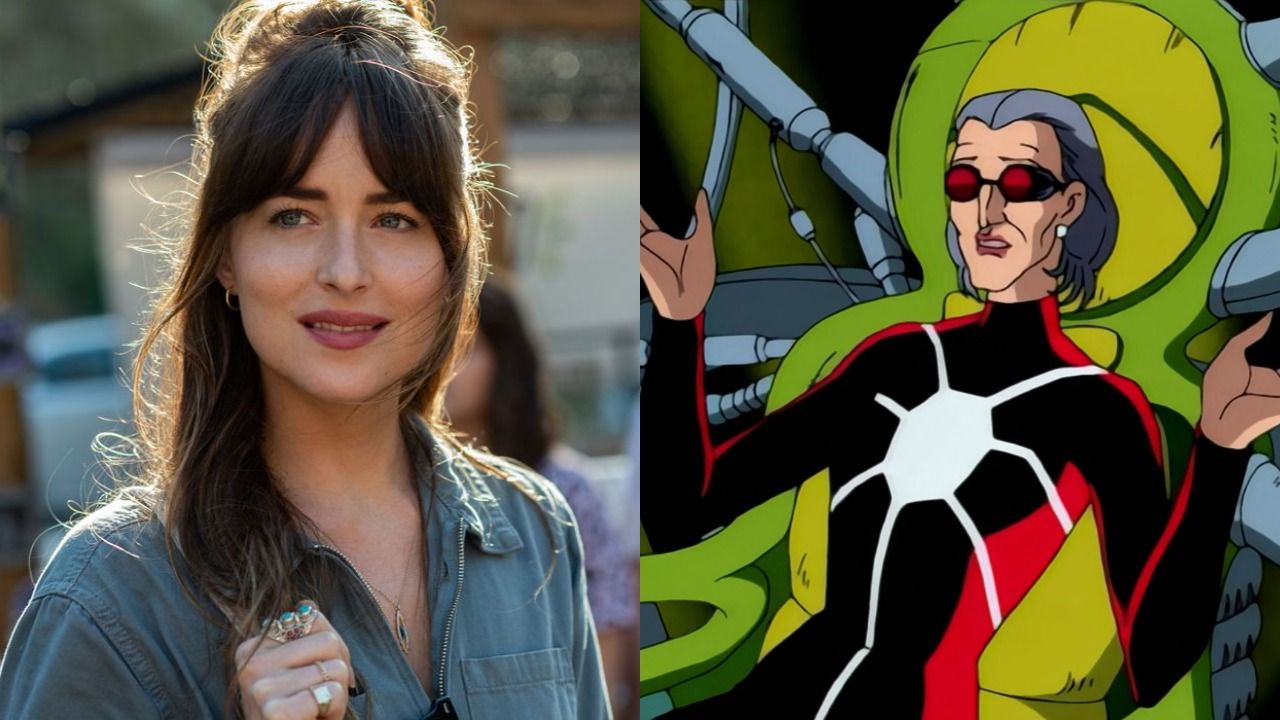






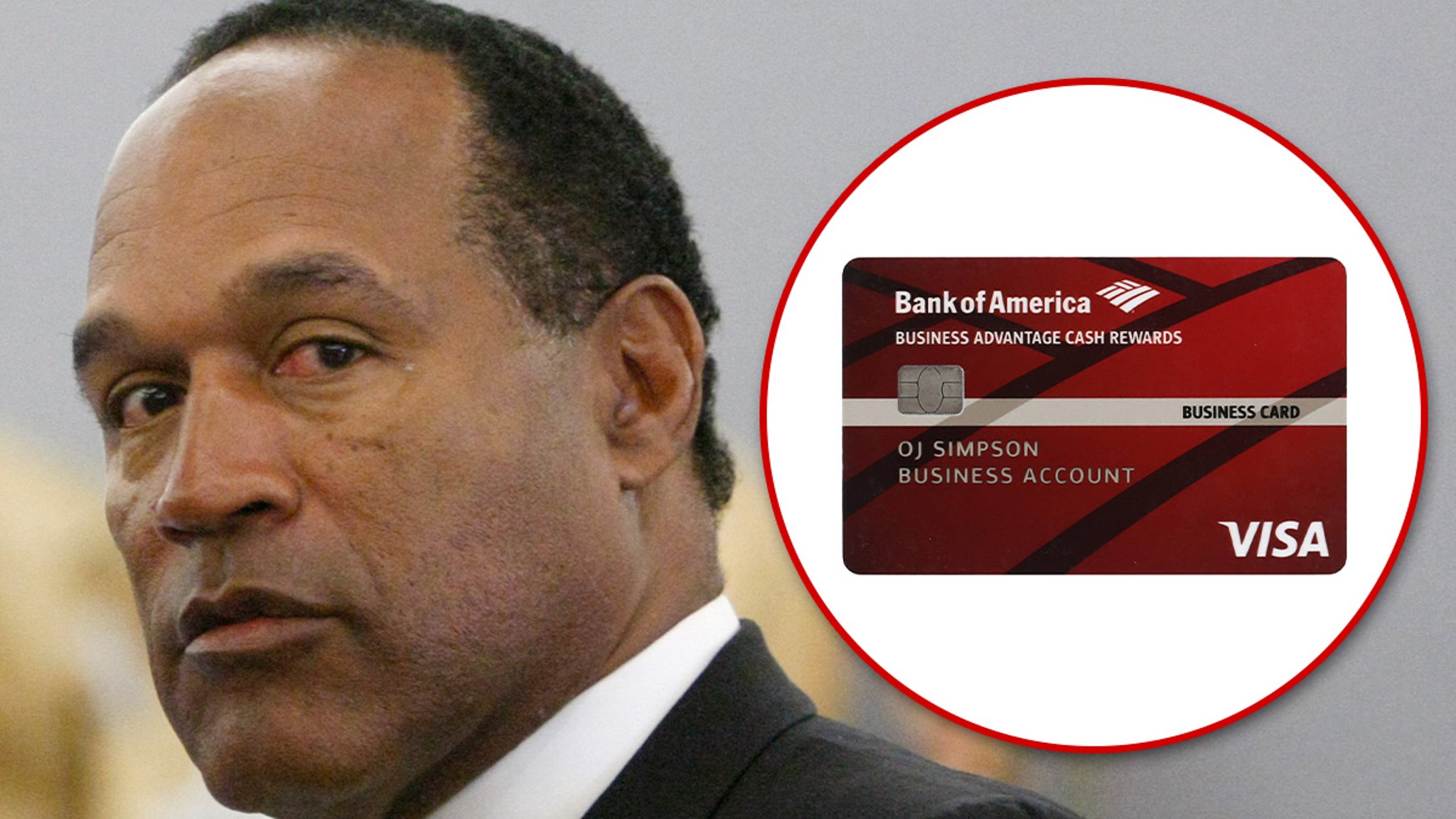


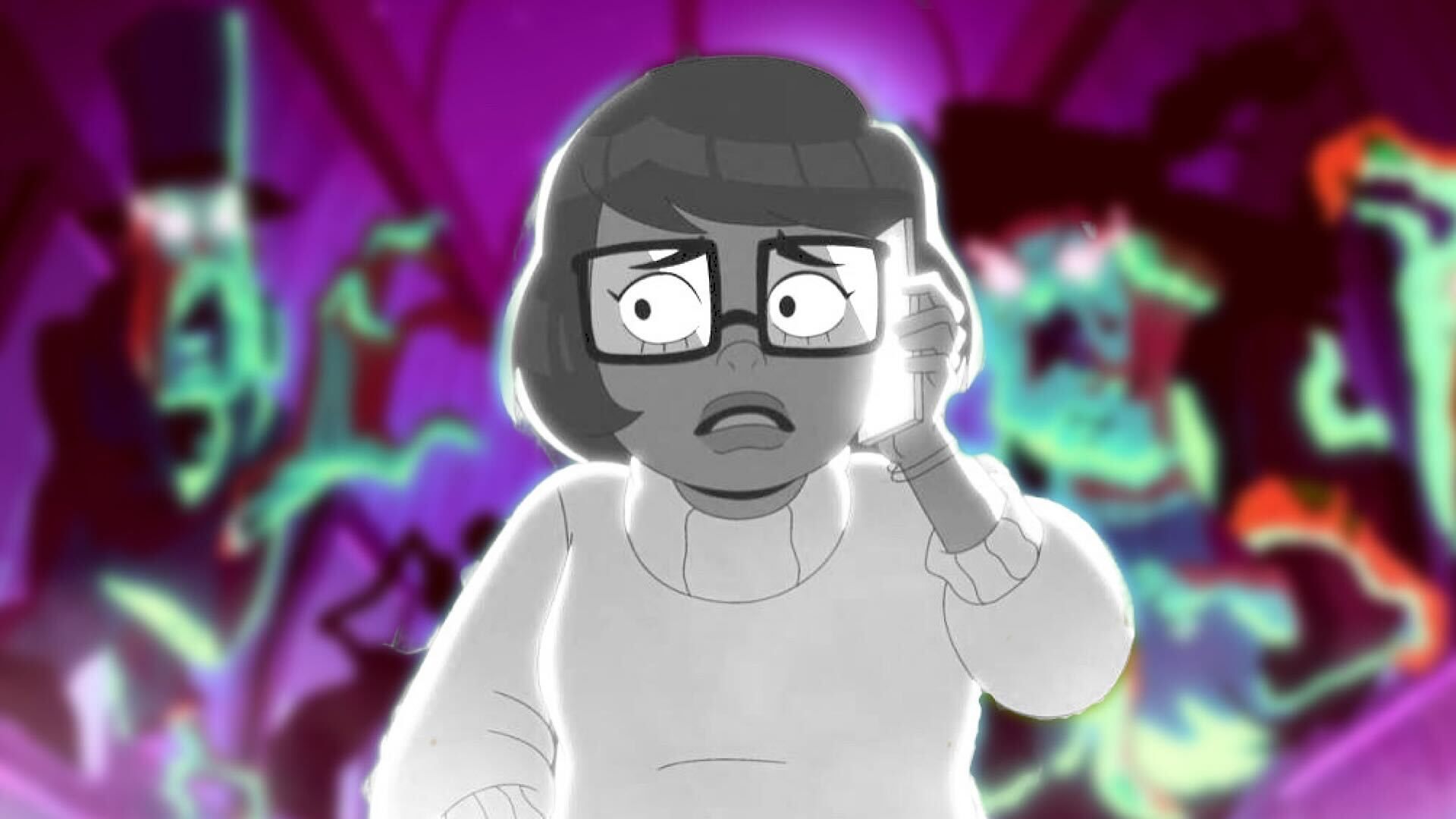

:quality(85):upscale()/2024/04/26/942/n/1922564/922a9e89662c1e7fc894b2.65383312_.jpg)

:quality(85):upscale()/2024/04/23/103/n/1922564/4749edea6628605c71c3f6.29683549_.jpg)